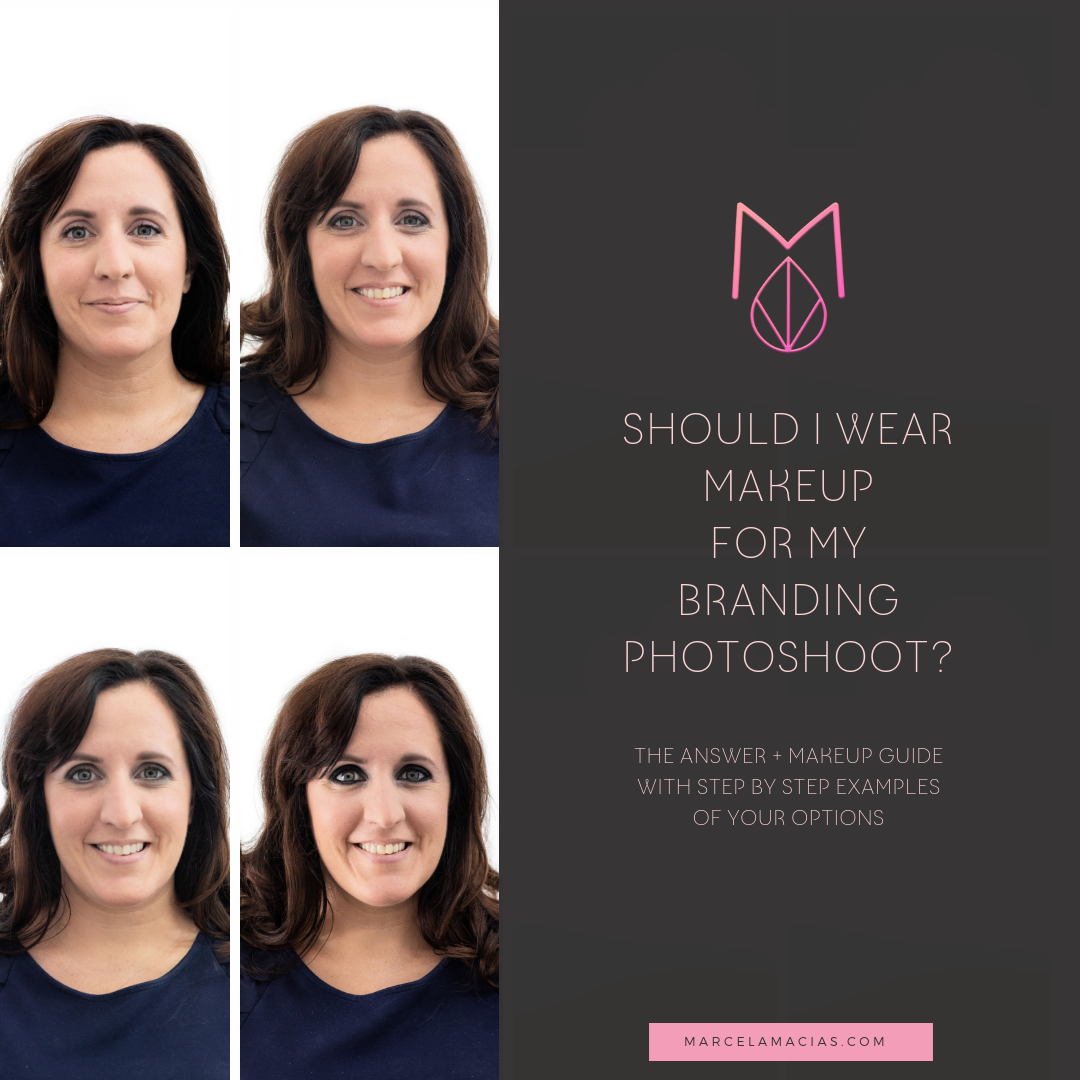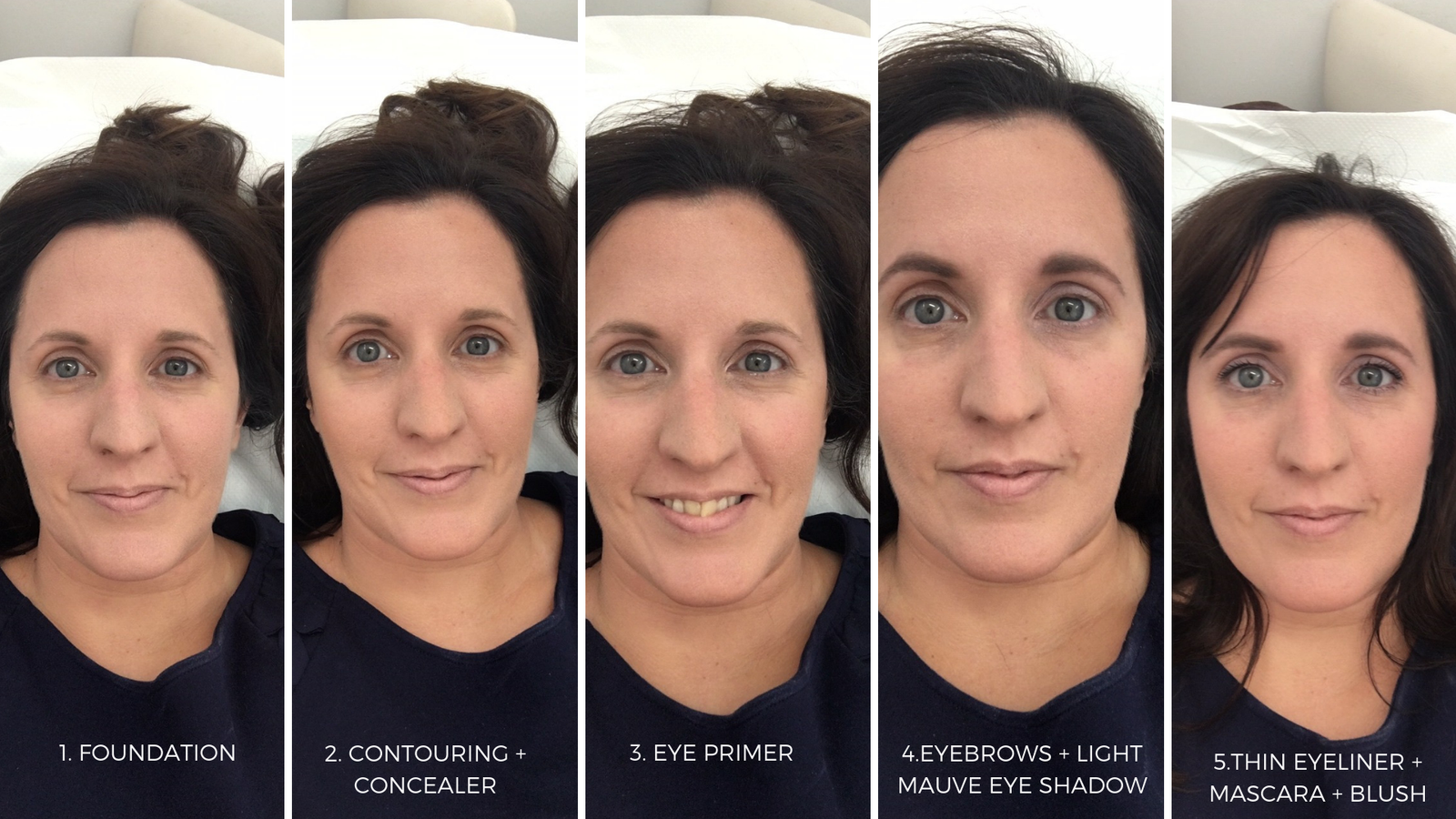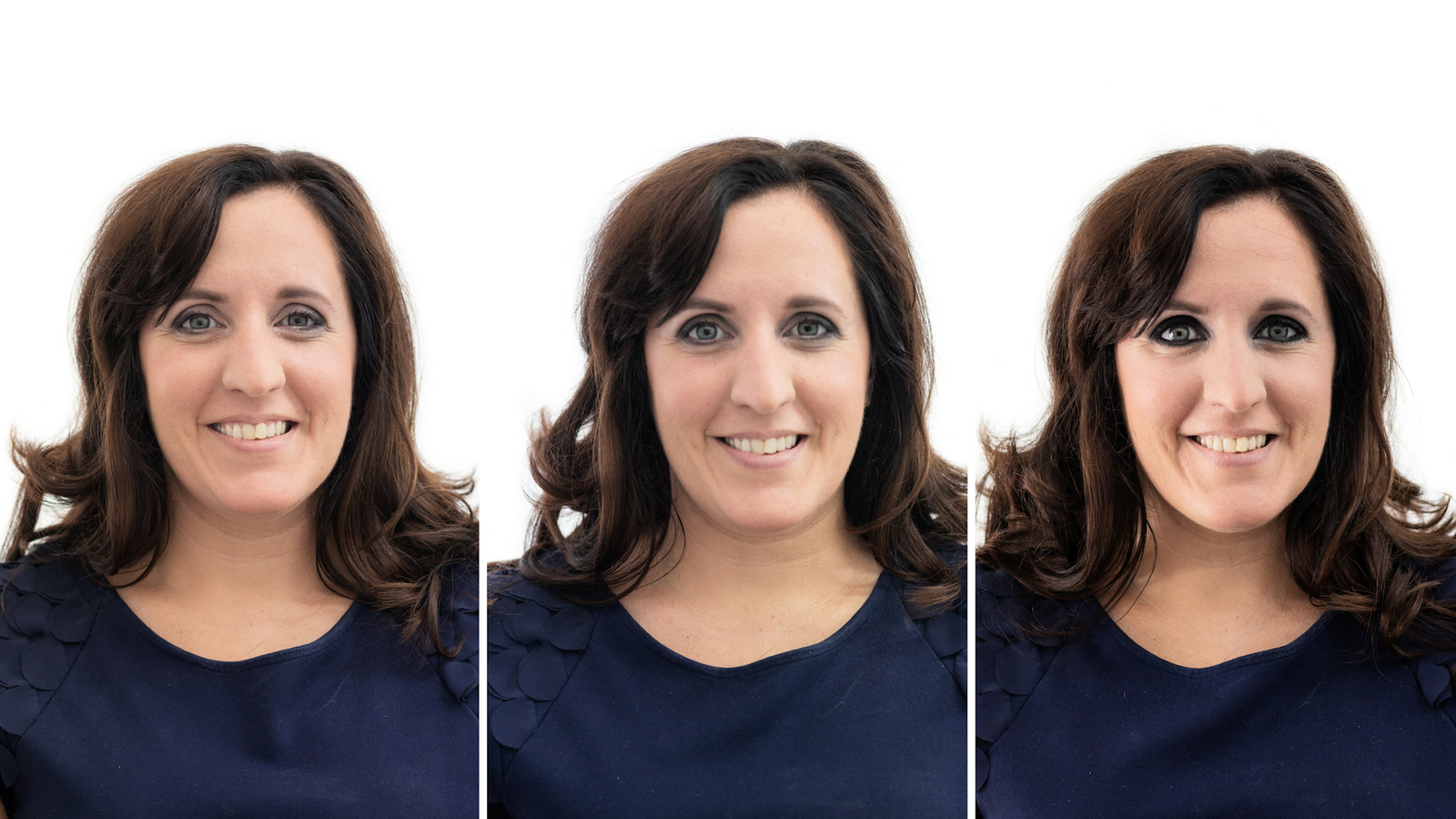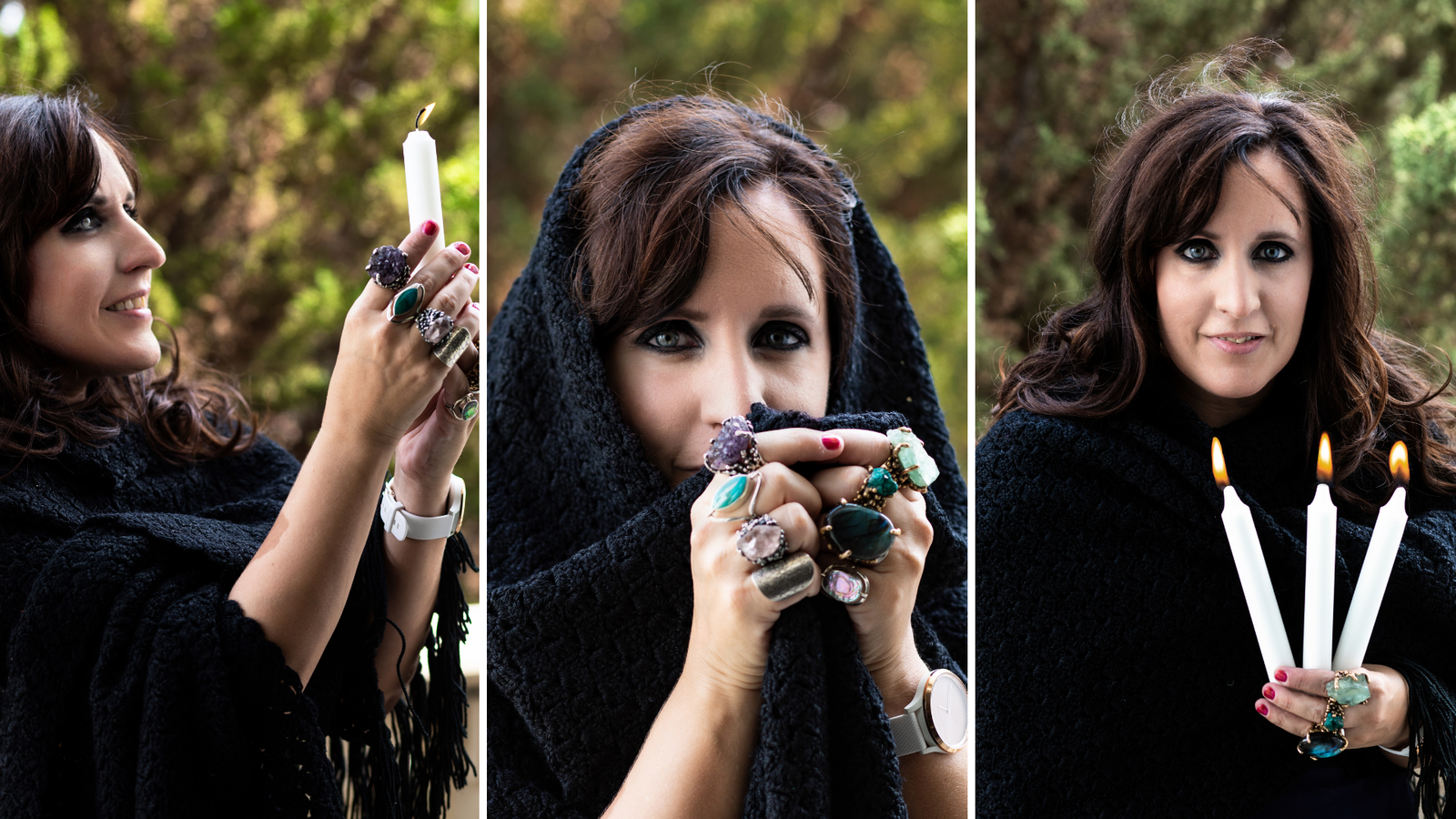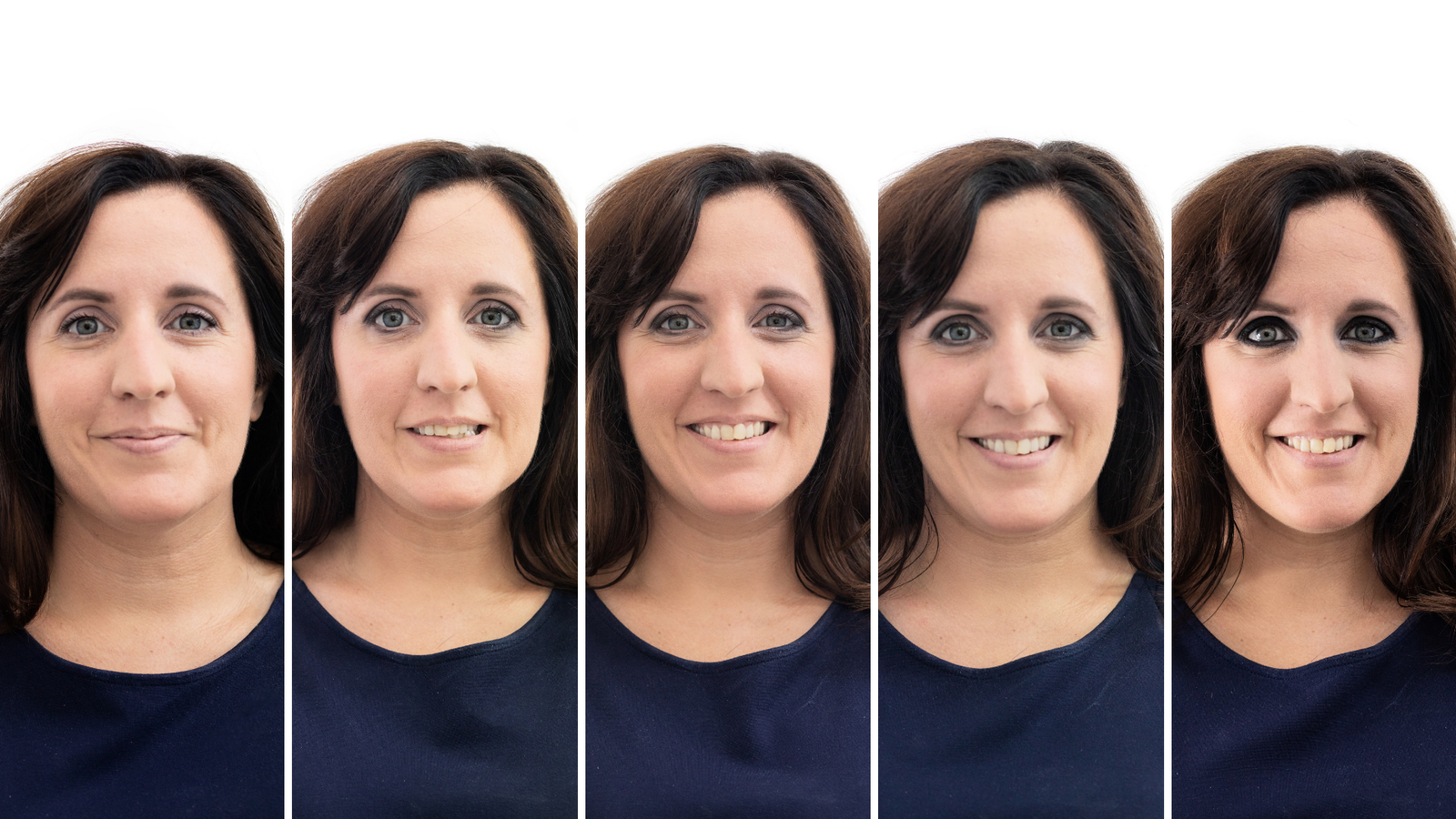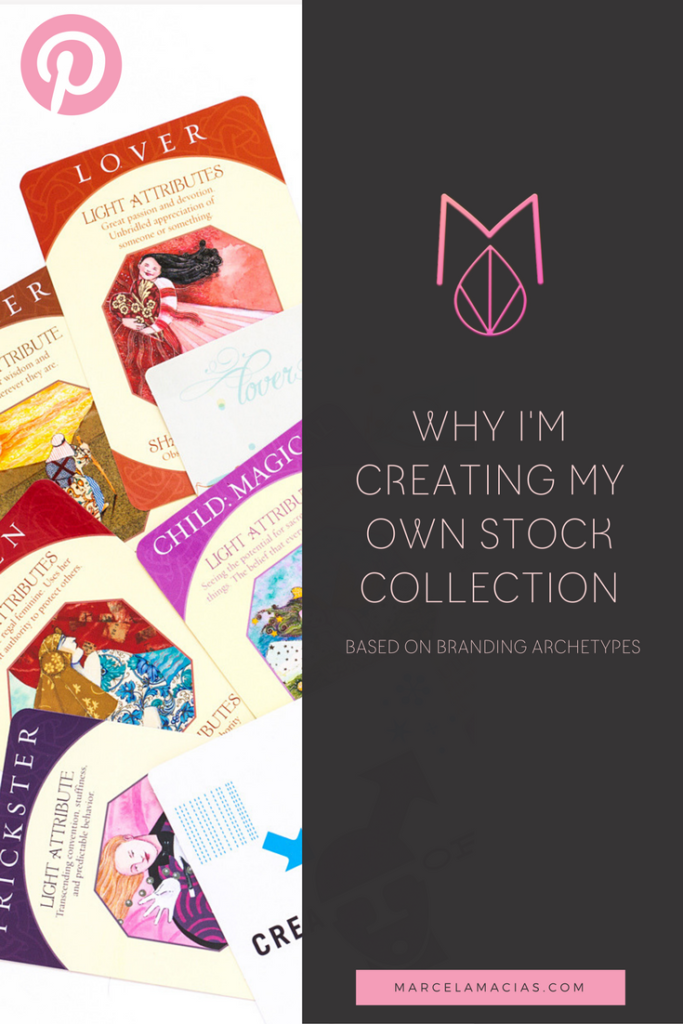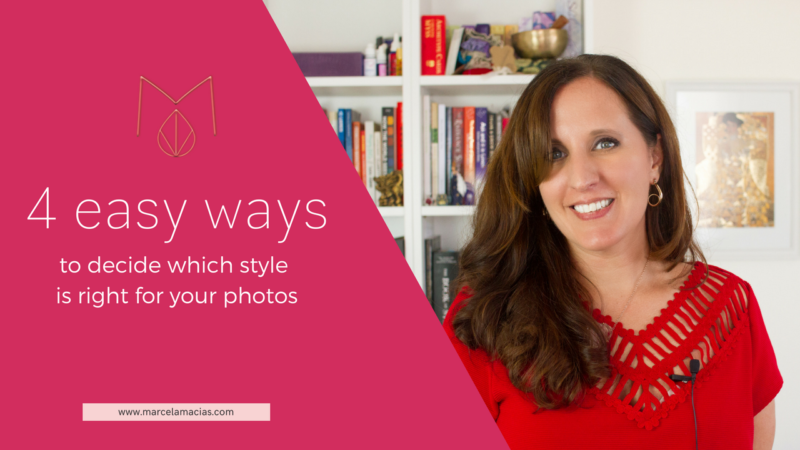5 spiritual practices to guarantee the best energy during a Photoshoot
5 spiritual practices to guarantee the best energy during a Photoshoot

“You fill up the frame with feelings, energy, discovery and risk and leave room enough for someone else to get in there” Joel Meyerowitz
I believe the difference between photos you love with all your heart, and photos you can’t stand to look at twice is energy.
Your energy: the way you feel during the photoshoot. The feelings and emotions you’re connecting to while I photograph you. The way you feel about your surroundings. The ease you feel with me and with yourself.
The emotions your work evokes in you, your passion for helping your clients, your joy, excitement, inner peace: they are all reflected in your eyes, the way your body moves, the naturalness of your smile. When you are connected to love, joy and your higher purpose, this energy can be felt through your images.
My energy: The one I bring to the work and to the day in general…whether I’m centered or nervous, joyful or sad, excited or upset, affects your energy as well. Even if when feeling bad, I do my utter best not to show it.
For this reason, my goal during a photoshoot is to both make sure my energy and vibration remains high all along it, and to support and sustain your own energy while we shoot. I want to help you connect to the highest vibration, so the message you want to transmit with your images flows straight to the heart of your potential clients.
In order to do this I follow a series of conscious pre-photoshoot rituals, and also have developed a handy toolkit of quick re-calibration techniques that helps me go back, quickly and effectively, to feeling great so that you can feel great too.
My pre-photoshoot rituals include reading only uplifting literature the day before a shoot (I consciously avoid the news), and playing mantras or Abraham Hicks rampages the night before, while I clean my camera and lenses and check that everything works perfectly before putting it back in my camera bag. In the morning, I wake 2 hours before shoot, do a 20 minute yoga sequence and a 10 minute meditation, then shower to allow water to cleanse my aura and repeat affirmations while I dress, have breakfast and review the client’s moodboard.
Before leaving for a photoshoot, I create an energetic bubble around myself that lets only the good permeate and keeps away any energy that doesn’t serve me, and ask my guides and those of my client, to guide our day, with a small prayer I adapted from the one Diana Gabaldon says before writing:
“Allow me to see what I need to see and guide our steps to find the locations that are perfect for this shoot. Allow me to capture the perfect images to help this client fulfill her life purpose. Let my camera be a witness to her greatness and her light, and allow me to reveal the true radiance of her soul in every shot”
During the Photoshoot, I use my bag of tricks, which I will share with you today. If you are familiar with Abraham Hicks’ work, you know it takes holding a thought for 16 seconds to turn around your vibration, so here’s my advice: Use these quickly and often and in a preventive manner. Don’t let your vibration drop, or rescue it fast when it does due to environmental input or tiredness.
Here are the practices that help me keep the energy high:
1) Grounding
This is my go-to technique, one I use before every photoshoot and one that helps re-center clients with anxiety, who feel uneasy or very self conscious.
There are many ways to ground and get out of your head. I personally use a Grounding Meditation that I created myself and edited with music, which makes you visualize flowers and branches growing around your feet and legs and infuses your body and mind with the Earth’s love and energy.
Walking barefoot, sitting on the grass, touching running water and hugging trees are also really good for centering and aligning …and make for great photos as well, so I’ll sometimes suggest these type of shots , because I know they’ll also have the advantage of helping my clients ground.
2) The Energetic Bubble
This is the technique I mentioned I do before going out of my hotel room, to make sure my energy stays high during the day. As an introvert, this is very important for me to do. When I was just starting to photograph in cities, I didn’t realize I needed to protect my energy, and on my first two day shoot with 8 clients, I crashed down at the end of the day, and got so depleted I could barely stand.
It’s also important for me to make sure my client’s energy doesn’t dip as the day evolves. Sometimes things don’t go according to plan, locations get closed due to emergencies, there’s more noise than we anticipated, or more people than we wished for, or we witness ugly discussions nearby. All these things, coupled with the natural nerves of a photoshoot, can become a perfect storm that derails a client’s vibe.
So what I do is expand my energetic bubble (the one I created before leaving my hotel room) to cover my client, so that they are always vibrating high.
Here’s how to do it: Visualize a golden or rose golden ray of light coming from your heart. A ray of light that vibrates and beams with love. See it expanding until it covers all your body and, once it does, imagine it growing like a bubble, creating a ball of love and light around you. Visualize it letting into your energetic field only positive vibrations and repelling the rest. Ask your guides to help you keep it in place all day long.
3) The Love Connection
When I photograph clients, we do a simple exercise to show them how beautiful they truly are when they allow LOVE to shine through.
I set the camera on a tripod and they stand in front of it. I ask them to breathe deeply and look at me, and take a photo. Then I ask them to close their eyes. With their eyes closed, I ask them to think about someone they deeply love, to remember the reasons why they love this person, the way this person smiles, the things they say, the way their hair moves in the breeze, the moments they have shared that have made them love this person more and more.
They don’t need to tell me who they are thinking of, and it only takes about 30 seconds. Then I put my finger on the shutter and ask them to open their eyes. When they do, I click.
Then I show them both images. The self- conscious version of themselves and the love-filled version. They can see how their eyes shine differently, how their smile softens, how their every feature becomes full of light.
Try this the next time you have a photoshoot or need to film a video. Close your eyes and visualize someone you love deeply. Focus on LOVE, then come and tell me how you felt, and how you looked.
Note: I ask clients to focus on someone else they love because it’s sometime easier to see the greatness in others than in ourselves, especially if you’re feeling self-conscious…and yet love reflects your light all the same.
4) Visualization
Similar to the last trick, but slightly different. During a photoshoot, I guide my clients through different short visualizations to help them connect to the energy of what they desire.
As you know, feeling like you already have something, or are who you want to become is key to manifesting it. By visualizing how they want to transform the world, what drives them to do the work they do, and seeing themselves helping transform the lives of lots of wonderful clients while I am photographing, we convert the images in manifesting tools themselves. We consciously tap into those energies we want to bring to everything we do.
In order to do this, spend some time, before your photoshoot, thinking about your big WHY and your IDEAL CLIENT. Imagine them. Write a letter to them. See the future world you’re helping create. Then think about those things during your shoot.
5) Gemstones + Essential Oils
One of the easiest tools, that tap into the power of anchoring and olfactory memory.
We all have smells we love, that bring beautiful memories, energize us, make us feel great. I love the smell of vanilla and lavender, for example, the perfume of magnolias and the sensual scent of Kashmir Amber. When I photograph clients, I always carry magical essential oils with me, that I offer to them before and during a shoot. The goal is to use our sense of smell to connect to the emotions we want to evoke during the shoot.
I also carry semi-precious stones in my pockets, and choose my jewelry according to the energies I want to maintain during the shoot (I choose these intuitively, since most of my jewelry is from giardinoblu.com). The most common stones I carry are pyrite (grounding and abundance), rose quartz (love) and amethyst (connection to Source and transmutation of energies).
If you have a scent that makes you happy, or a gemstone you particularly like, carry a small one in your pocket and touch it whenever you want to remind yourself of why you are doing the shoot, what you wish to accomplish with it, and all the good your work will do in the world. You can always program a stone to carry your intention. I like this method by Danielle Laporte for doing so.
Your turn: Do you take care of your energy when you work? Do these techniques sound like something you’d like to incorporate to your repertoire? Share in the comments, I’m always happy to hear your ideas.
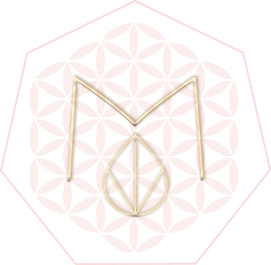
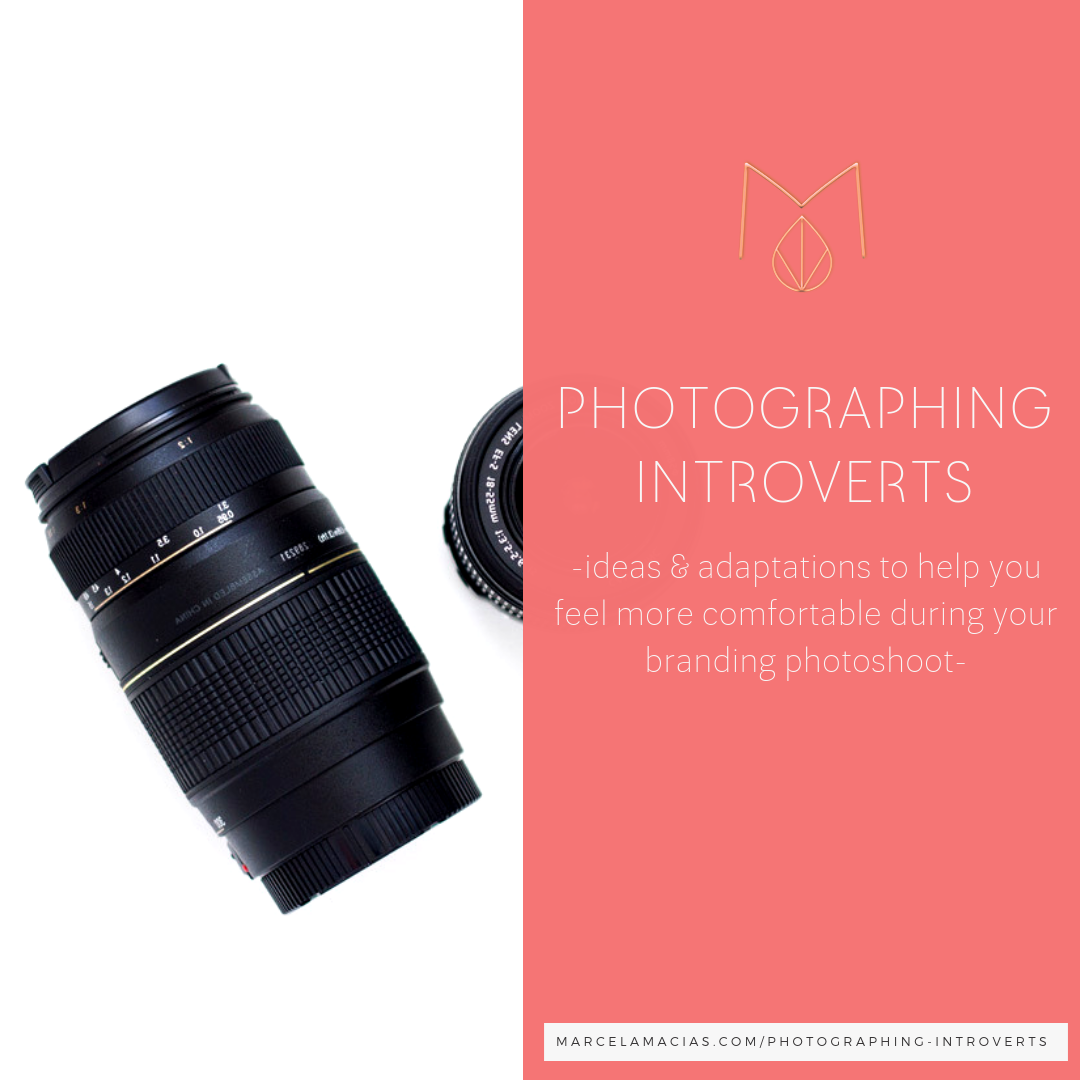





![Photoshoot Makeup Guide: 5 looks for Women Of Color [ Guest post by Izmir Henry ] 8 MAKEUP FOR BRANDING PHOTOSHOOT 1](https://marcelamacias.com/wp-content/uploads/2018/12/MAKEUP-FOR-BRANDING-PHOTOSHOOT-1.png)
![Photoshoot Makeup Guide: 5 looks for Women Of Color [ Guest post by Izmir Henry ] 9 7](https://marcelamacias.com/wp-content/uploads/2018/12/7.png)
![Photoshoot Makeup Guide: 5 looks for Women Of Color [ Guest post by Izmir Henry ] 10 8](https://marcelamacias.com/wp-content/uploads/2018/12/8.png)
![Photoshoot Makeup Guide: 5 looks for Women Of Color [ Guest post by Izmir Henry ] 11 1](https://marcelamacias.com/wp-content/uploads/2018/12/1.png)
![Photoshoot Makeup Guide: 5 looks for Women Of Color [ Guest post by Izmir Henry ] 12 11](https://marcelamacias.com/wp-content/uploads/2018/12/11.png)
![Photoshoot Makeup Guide: 5 looks for Women Of Color [ Guest post by Izmir Henry ] 13 12](https://marcelamacias.com/wp-content/uploads/2018/12/12.png)
![Photoshoot Makeup Guide: 5 looks for Women Of Color [ Guest post by Izmir Henry ] 14 2](https://marcelamacias.com/wp-content/uploads/2018/12/2.png)
![Photoshoot Makeup Guide: 5 looks for Women Of Color [ Guest post by Izmir Henry ] 15 13](https://marcelamacias.com/wp-content/uploads/2018/12/13.png)
![Photoshoot Makeup Guide: 5 looks for Women Of Color [ Guest post by Izmir Henry ] 16 14](https://marcelamacias.com/wp-content/uploads/2018/12/14.png)
![Photoshoot Makeup Guide: 5 looks for Women Of Color [ Guest post by Izmir Henry ] 17 6](https://marcelamacias.com/wp-content/uploads/2018/12/6.png)
![Photoshoot Makeup Guide: 5 looks for Women Of Color [ Guest post by Izmir Henry ] 18 5](https://marcelamacias.com/wp-content/uploads/2018/12/5.png)
![Photoshoot Makeup Guide: 5 looks for Women Of Color [ Guest post by Izmir Henry ] 19 3](https://marcelamacias.com/wp-content/uploads/2018/12/3.png)
![Photoshoot Makeup Guide: 5 looks for Women Of Color [ Guest post by Izmir Henry ] 20 4](https://marcelamacias.com/wp-content/uploads/2018/12/4.png)
![Photoshoot Makeup Guide: 5 looks for Women Of Color [ Guest post by Izmir Henry ] 21 PHOTOSHOOT MAKEUP GUIDES](https://marcelamacias.com/wp-content/uploads/2018/12/PHOTOSHOOT-MAKEUP-GUIDES.png)
